The Language of Flowers: How Local Florists Can Help You Say What You Mean
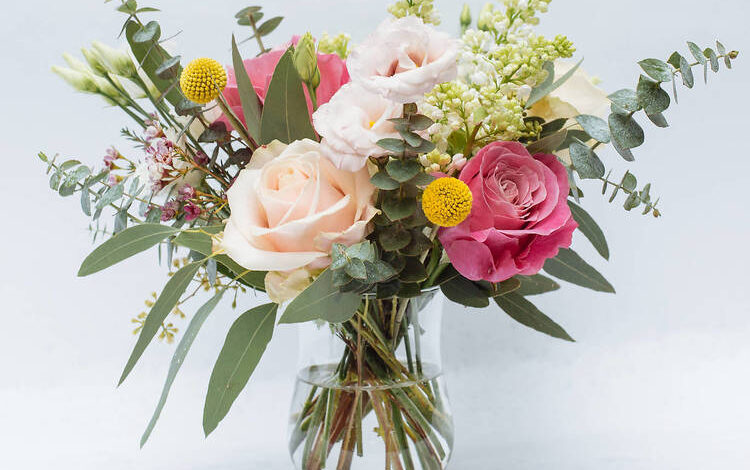
According to studies, learning a foreign language may improve your mental skills and provide you with a perspective on how other people think. Sadly, not everyone has the same capacity for learning. Yet there is one other language that all of us are proficient in, despite a few minor differences. It’s named the Languages of Flowers because they’re colourful and frequently emotive.
As explained by thanksabunchflorist.com.au, each flower represents a different meaning. Flowers have long been used as a way for people to express difficult-to-express emotions. Hence, before choosing suitable flowers for an event, such as a birthday celebration, graduation, or other enjoyable event, you should first familiarise yourself with these surprise flower meanings. To choose the ideal bloom for the important person in your life, learn the language of flowers. In this blog, we are going to learn about how local florists can help you say what you mean.
What is the language of flowers?
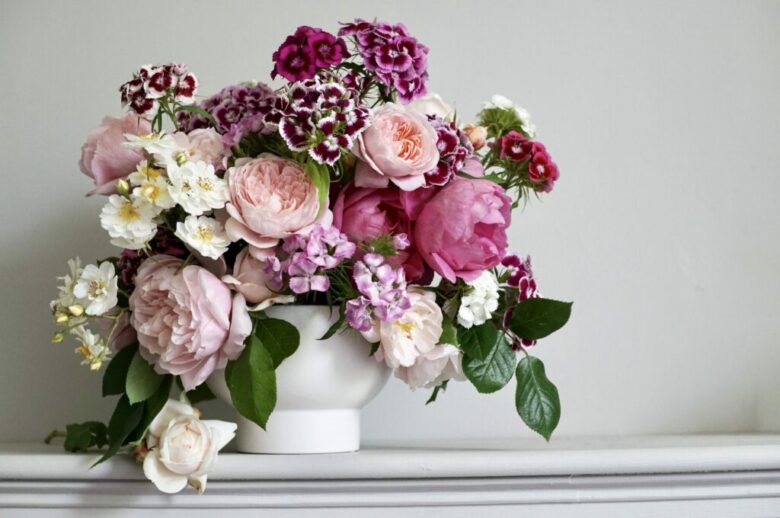
A method of communicating with flowers is called floriography, or “the language of flowers.” Every flower carries a distinct significance or a hidden message. This language gained popularity during Victorian times, when using flowers to describe oneself was seen as chic.
For instance, the yellow rose is frequently connected with friendship, but the red rose is closely correlated with love and passion. The orchid denotes beauty and elegance, while the daisy stands for innocence and purity.
Although flower language is less common in modern times, it still has cultural value in some societies and may be used to express words or feelings through floral arrangements.
How Flowers are Used for Expressing Emotions?
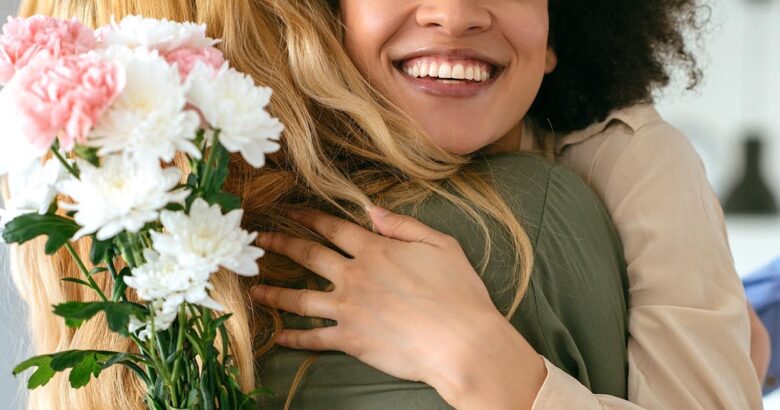
Flowers have long been used to communicate messages and express feelings. Flowers may be used to convey a variety of emotions and have many meanings. The following list of frequent feelings is accompanied by the flowers that are typically associated with them:
- The traditional flower of love and passion is the rose. Pink roses are connected with softer, more tender emotions like love and thanks, whereas red roses stand for passionate love. Tulips, lilies, and orchids are some more flowers that are connected to feelings of love and passion.
- White lilies are frequently used in weddings and memorial services to convey sorrow and grief. They are linked to innocence, chastity, and the healing of the soul. Carnations, dahlias, and gladioli are some other flowers that can be sent to show condolences.
- Sunflowers are frequently given as gifts to convey thanks and admiration. They are related to warmth, joy, and fidelity. Daffodils, gerberas, and hydrangeas are a few other blooms that symbolise appreciation.
- Yellow roses are frequently associated with pleasure and kindness. They stand for companionship, joy, and the sun’s warmth. Daisy, iris, and peony are some more flowers that are related to friendship and happiness.
- White orchids are frequently used to convey remorse and apologies. They are linked to honesty, grace, and humility. White roses, bluebells, and forget-me-nots are some more flowers that are connected to regret and apologies.
The emotional impact of flowers
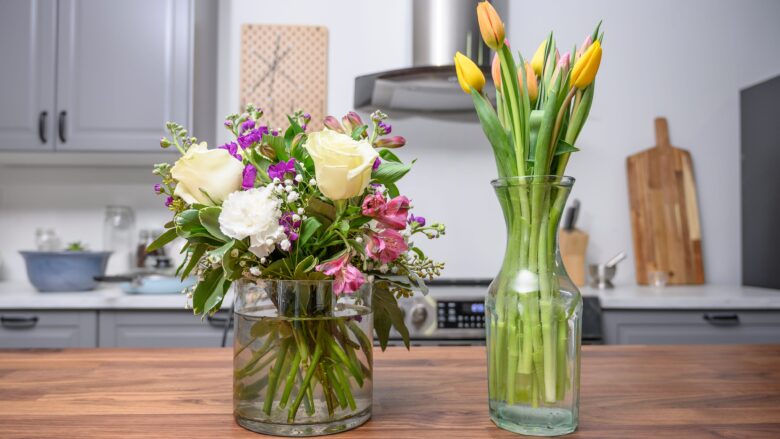
People have been demonstrated to be greatly affected emotionally by flowers. The different ways flowers may impact our emotions are as follows:
1. They can lift our spirits: Research has shown that roses have an uplifting influence on our mood and can help lessen tension, anxiety, and depressive symptoms. Just staring at flowers can stimulate the production of feel-good chemicals like dopamine and serotonin in the brain.
2. Flowers can aid in pain relief. According to some studies, patients who received flowers following surgery or while they were in the hospital experienced reduced discomfort and worry.
3. They can boost our social bonds with others since giving or getting flowers is frequently associated with joyful feelings. Flowers may be an effective method to convey emotions like love, thanks, and admiration.
4. Flowers can elicit memories: Certain flowers, like roses from weddings or daisies from childhood gardens, may be linked to particular experiences or memories. These flowers can evoke pleasant memories and feelings of nostalgia when seen or smelled.
The Future of Flower Gifting and Floristry
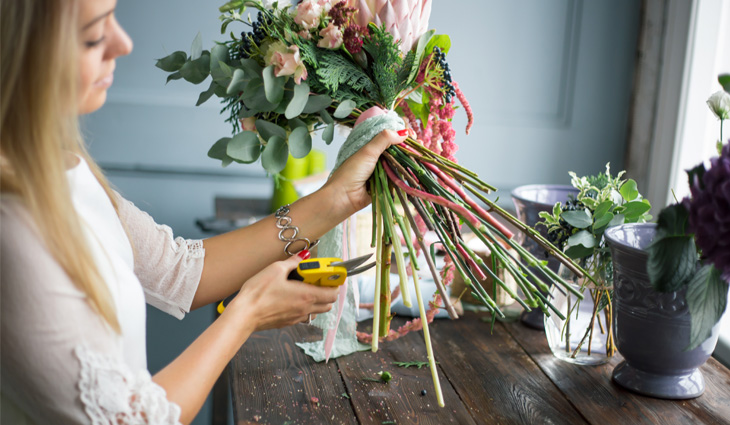
The future of flower gifting and floristry is likely to be shaped by several trends and factors:
1. Sustainability: Demand for flowers that are cultivated and obtained responsibly is projected to increase as customers become more ecologically concerned. To offer more environmentally friendly choices, including flowers that are grown locally and organically, flowers may need to change the way they operate.
2. Technology: With the usage of techniques like 3d printers and virtual reality, technology is going to play an increasingly significant part in the floristry industry. This may allow florists to produce more distinctive and individualized flower arrangements.
3. Customers are becoming more interested in personalized content, and the floral giving business is no different. It’s possible that florists may need to provide more specialized services like personalized messages and unique floral arrangements.
4. More consumers are anticipated to continue the practice of online ordering and delivery, purchasing flowers online and having them delivered right to their intended recipients. To remain competitive in this industry, florists would need to make investments in digital marketing and online platforms.
5. Health and wellbeing: As more people look for flowers with specialized therapeutic capabilities, the use of flowers for their health and wellness advantages is anticipated to rise. More instructional materials and information regarding the health advantages of various flower varieties may need to be made available by florists.
Overall, the future of flower gifting and floristry is likely to be shaped by a combination of sustainability, technology, personalization, online ordering, and health and wellness trends. Florists who are able to adapt to these changing trends and meet the evolving needs of consumers are likely to thrive in the years to come.
Conclusion
In conclusion, sending flowers to someone special is a lovely and heartfelt way to convey your feelings. It might be easier to select the ideal bouquet for any celebration if you are aware of the significance of the various flowers in a bouquet. The knowledgeable florists are always on hand to assist you in selecting the ideal arrangement for any occasion.



